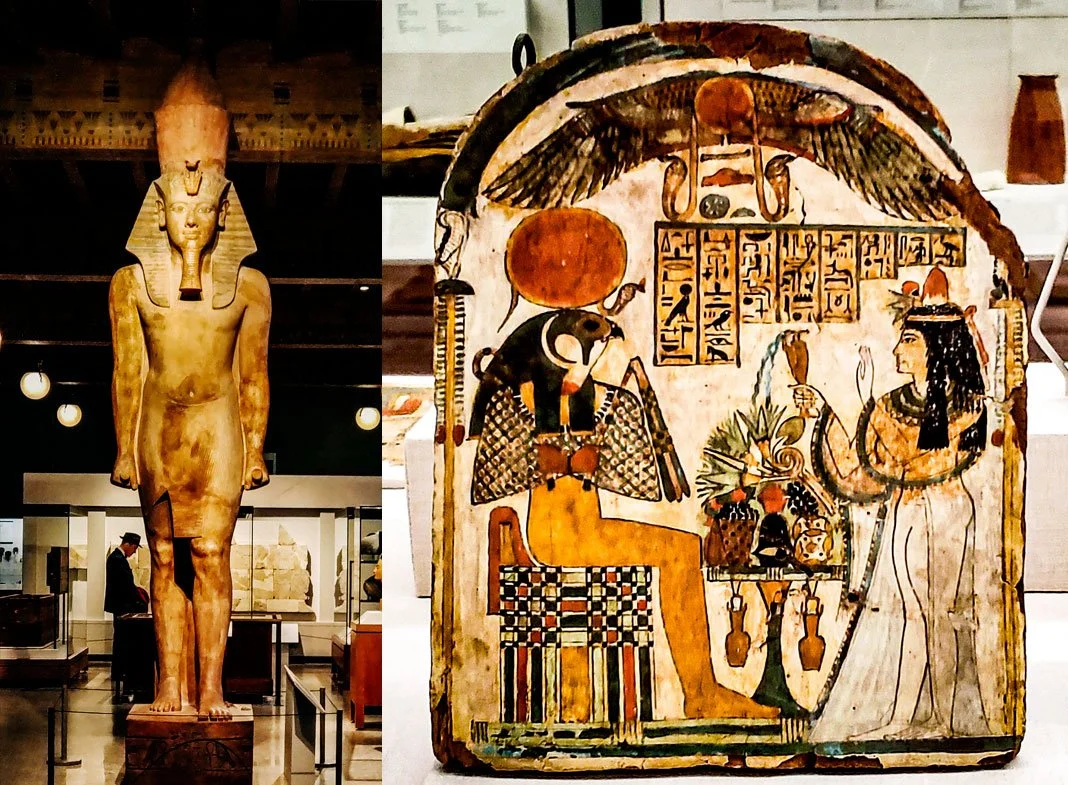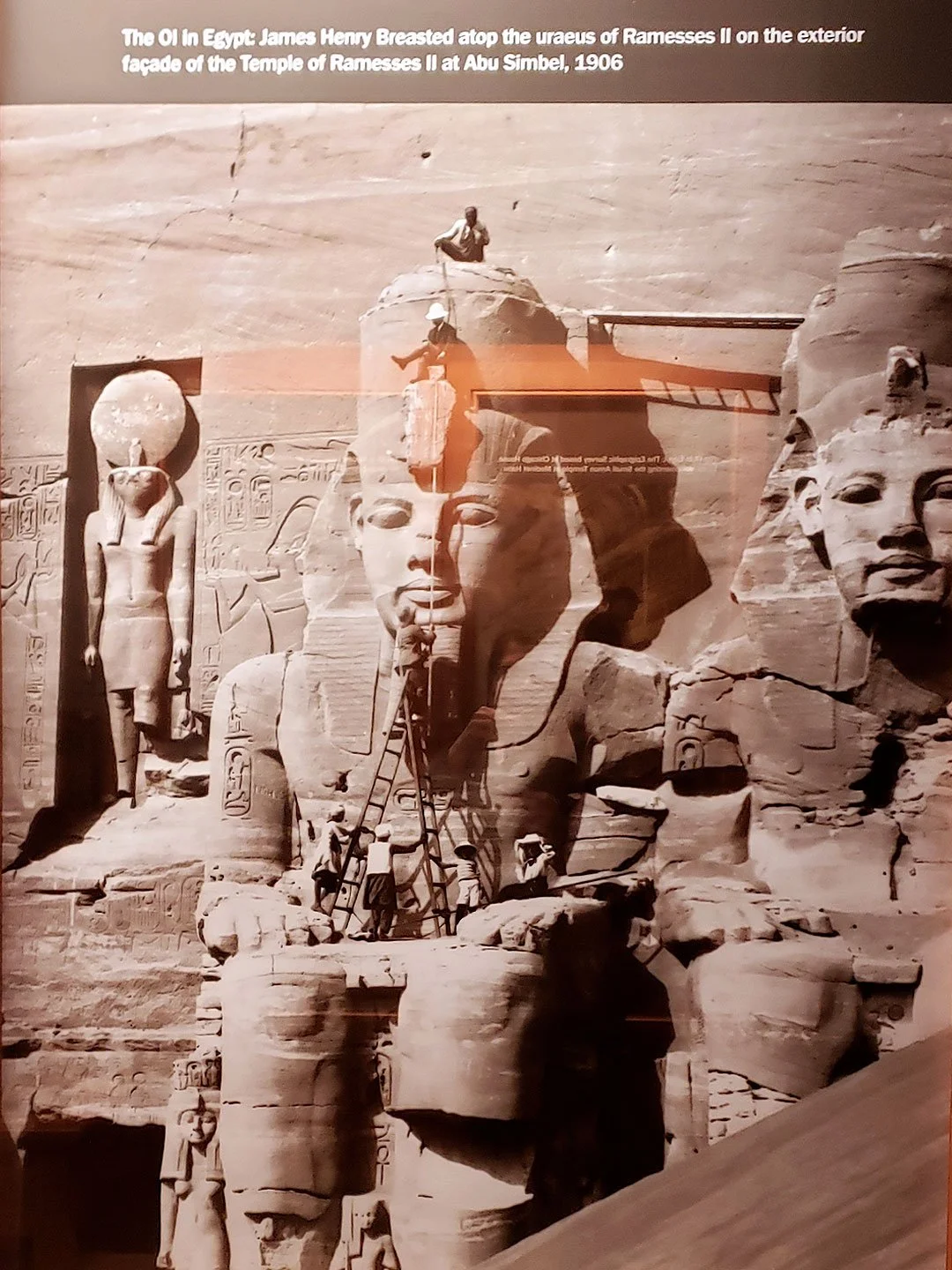Museum: ISAC, Ancient Egypt
Institute for the Study of Ancient Cultures
What was once known as the The Oriental Institute is now the Institute for the Study of Ancient Cultures.
While that doesn’t quite roll of the tongue as smoothly as its former name, it is perhaps more apt because in this day and age when most people hear ‘oriental’ they either think of a carpet or a politically incorrect word.
But in fact the term ‘oriental’ originally meant the countries that were to the east of Europe - the Middle East, North Africa and Asia.
At any rate, the study of ancient cultures is exactly what ISAC is and it’s one of my favorite museums in the USA. Luckily for me, it’s in Chicago, where I live.
Because ISAC encompasses a number of different ancient civilizations, I’ve decided to break up my posts. Today, I’m talking about their ancient Egyptian collection.
But First…
ISAC is in a building that is very reminiscent of an Indiana Jones stage set. It was founded in 1919 by James Henry Breasted and if you are a fan of the Indiana Jones movies, you’ll know that Indy was a graduate of the University of Chicago, which is where this museum is.
Back to real life and modern day…
The ancient Egyptian collection at ISAC is wonderful and again, the atmosphere of the building is very ‘vintage.’
Not just the architecture itself, but the atmosphere. It’s not a blockbuster type museum, it’s quiet but in a very good way. It’s also free, though they do recommend a donation.
The image detail above is of the colossal statue of King Tut, one of the jewels of the ISAC collection.
It’s one of a pair, the other resides at the Egyptian Museum in Cairo.
A full length photograph of the colossal Tut statue and an ancient stele with a libation scene.
Notice the guy in the background, behind the statue? He looks a little vintage himself with that hat on.
Nefertiti, Step-mother of King Tut
This is a casting of the famous Nefertiti bust that is in the Neues Museum in Berlin. The original was excavated by the German Oriental Society in 1912.
The original is also missing the left eye but in the modern cast, the eye is restored.
An Unopened Coffin
This is the coffin of Meresamum, a priestess who lived during the third intermediate period, according to the museum’s signage.
The coffin is brightly colored and decorated with protective gods and symbols.
The color palette of ancient Egypt is so distinctive - as is the god, Anubis on the foot.
As it is an unopened coffin, it contains the mummy of the priestess Meresamum.
Here I am in the ‘mummy room.’ Again, I love the sense of quiet in this museum. You can hear your footsteps echo as you walk about and it’s like you’ve been transported back to somewhere around the 1940s-50s.
The interior decoration of a coffin.
I don’t have the information on this fragment because I forgot to write it down but I’m charmed by the vivid color and whimsicality of the symbols in the cartouche.
A Parting Shot…
The photo above is a picture of a photograph that was on display at the museum.
My camerawork was slightly blurry and there’s a bit of glare from the glass in the frame, but atop it says:
The OI in Egypt: James Henry Breasted atop the uraeus of Ramses II…at Abu Simbel, 1906.
As I wrote earlier, James Henry Breasted was the founder of the museum.
What a very adventurous time and place to be alive!
And to think, when this photo was taken, the tomb of Tutankhamun was still waiting to be discovered by Howard Carter in 1922…
These are just a few examples of the pieces at ISAC. There are so many more and I highly encourage anyone who has an interest in ancient cultures and/or ancient art to pay a visit.
Visit ISAC
www.isac.uchicago.edu









